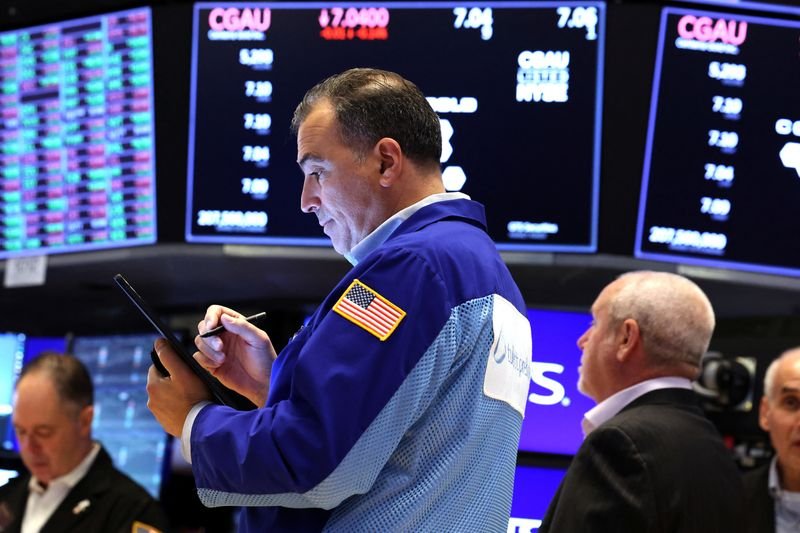Trading Day: How Good Vibes Can Shift to Bad News
Navigating the stock market can feel like an emotional roller coaster. What starts as a day filled with optimism can suddenly take a downturn. Understanding the dynamics that cause these shifts is key for traders and investors alike.
The Mood of the Market
Market sentiment is a powerful force. Positive vibes in the morning can rally investors, leading to increased buying pressure. Factors like optimistic economic reports, strong corporate earnings, and favorable news headlines contribute to this uplifting mood. When traders feel good about the market, they are more likely to make bold decisions and invest in stocks, driving the prices higher.
The Flip Side: When Things Go Wrong
Despite the initial optimism, various events can quickly change the tide. Unexpected news, such as geopolitical tensions or disappointing earnings reports, can lead to panic selling. Traders may react swiftly to negative news, sending stock prices plummeting. These emotional responses are often amplified in a volatile market, resulting in significant drops.
Key Triggers for Market Sentiment Swings
Several key factors can trigger swift changes in market sentiment. Here are some of the most common:
Economic Data Releases
Regularly scheduled economic indicators, including employment rates and inflation data, serve as a barometer for market health. Positive figures can boost confidence, while disappointing statistics can lead to negativity.
Corporate Earnings Reports
Companies release their earnings quarterly, and these reports influence stock prices dramatically. If a firm reports better-than-expected earnings, it can lead to a surge in stock prices. Conversely, a company missing its targets can trigger a sell-off.
Global Events
International events like elections, trade agreements, and conflicts can also impact market sentiment. Global interconnectedness means that events in one country can ripple across markets worldwide.
The Role of Social Media
In today’s digital age, social media has accelerated how news spreads, influencing market movements almost instantaneously. Traders often turn to platforms like Twitter and Reddit for real-time updates and sentiment analysis. Viral posts about stocks can lead to rapid price changes, creating opportunities but also increasing risks.
Understanding Investor Psychology
Investor psychology plays an essential role in trading behavior. During bull markets, optimism reigns. Investors might take on more risk, believing in continued growth. However, in bear markets, fear can dominate, leading to hasty decisions.
Fear of Missing Out (FOMO)
FOMO can drive investors to jump into the market during a surge, hoping to capitalize on rising prices. While this might yield short-term profits, it can also lead to losses if the market turns.
Loss Aversion
Conversely, loss aversion is another psychological factor that impacts trading. Investors are generally more sensitive to losses than to gains. This fear can prolong holding onto a losing stock, hoping for a rebound, which often leads to greater losses.
Technical Analysis: A Useful Tool
Technical analysis involves studying stock price movements and trading volumes to forecast future trends. By examining charts and patterns, traders can identify potential entry and exit points. This method can help investors make informed decisions, tempering emotional responses during volatile swings.
Conclusion: Staying Informed
Keeping abreast of market developments and understanding the factors influencing sentiment is crucial for successful trading. The balance between optimism and fear is frail, and market conditions can change in moments. By leveraging data and adopting a strategic mindset, traders can better navigate the unpredictable landscape.
Final Thoughts on Trading Dynamics
Recognizing how quickly good vibes can turn to sour sentiments in the stock market empowers traders to stay vigilant. Understanding market sentiment, economic indicators, and investor psychology are essential skills for anyone looking to thrive in the world of trading.
